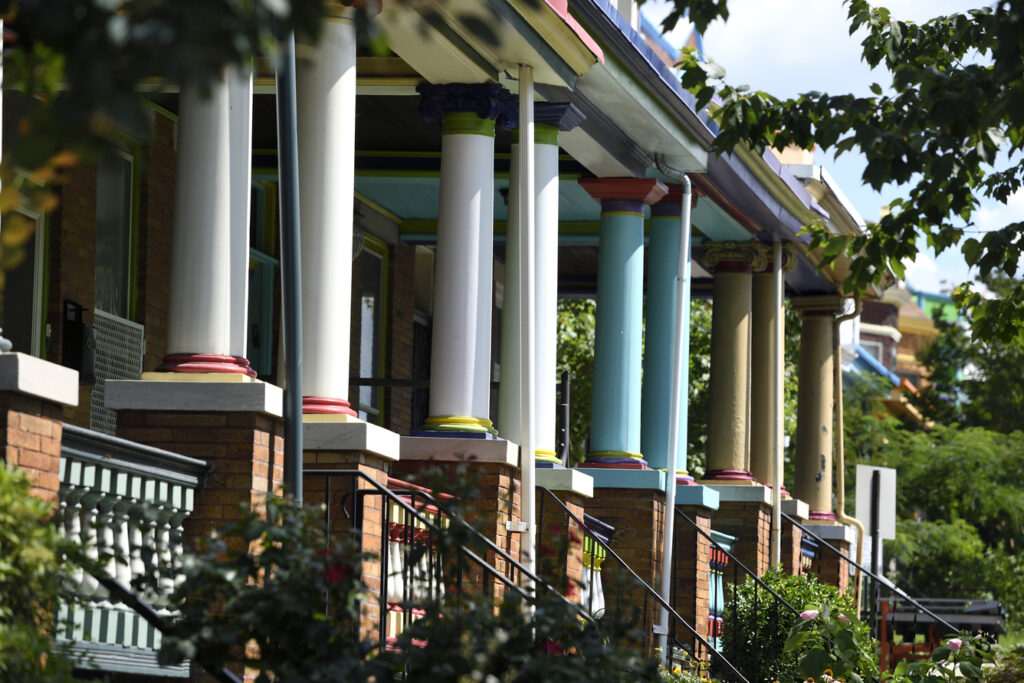Latinos in Baltimore have high rates of household transmission of COVID-19, according to a new Johns Hopkins University study.
The study found that in Latino homes in Baltimore, one in two people with COVID-19 passes it to others in the same household — a much higher risk than the average one in five found in similar studies around the globe.
The research appears in the journal Clinical Infectious Diseases.
Study co-author Diego Martinez, an assistant professor of emergency medicine at Johns Hopkins University School of Medicine and a member of the Malone Center for Engineering in Healthcare, said that the findings provide new insight into why Latino communities have suffered disproportionately from COVID-19.
“Even now, we continue to see that socially marginalized groups are being hit hard by the pandemic. Our findings suggest that Latinos face a high risk of catching COVID-19 in their homes. If we understand what is driving these disparities, we can help communities develop the appropriate interventions,” said Martinez.
In their study, the researchers used data from free, community-based testing sites to investigate household the likelihood of one household member infecting another, called the secondary attack rate (SAR). Starting with 277 primary positive COVID-19 cases, the team identified an additional 638 “at-risk” individuals who lived at the same address. Using advanced modeling techniques, the SAR was calculated as the percentage of at-risk individuals who later tested positive for COVID-19.
Results from the study revealed that the SAR among Baltimore Latino households was 45.8%: significantly higher than rates found in other studies. For comparison, a recent study by the Center for Disease Control and Prevention estimated that SAR in the US is 38% overall.
The Hopkins team also looked at how quickly the virus spreads in these households; they found the average time to the secondary diagnosis from the date of the primary case was fewer than two days.
According to Kathleen Page, study co-author and an associate professor of medicine at Johns Hopkins University School of Medicine, one common explanation for these findings is that Latinos are more likely to live in high-density or multigenerational homes, therefore facing higher transmission risk than non-Latino white households.
The team also notes that the dominant strain circulating when the study was conducted was the Alpha variant. With the more contagious Delta variant now spreading in Baltimore and around the country, the researchers predict that the SAR in Latino households will only increase, especially for unvaccinated households.
In addition to Martinez and Page, the research team included Eili Klein, Cassandra Parent, Ronald Saxton, and Benjamin Bigelow from Johns Hopkins University; and Diana Prieto from the School of Industrial Engineering at Pontificia Universidad Católica de Valparaíso, Chile.
The research was supported by the National Institutes of Health Rapid Acceleration of Diagnostics initiative (R01 DA045556-04S1).
